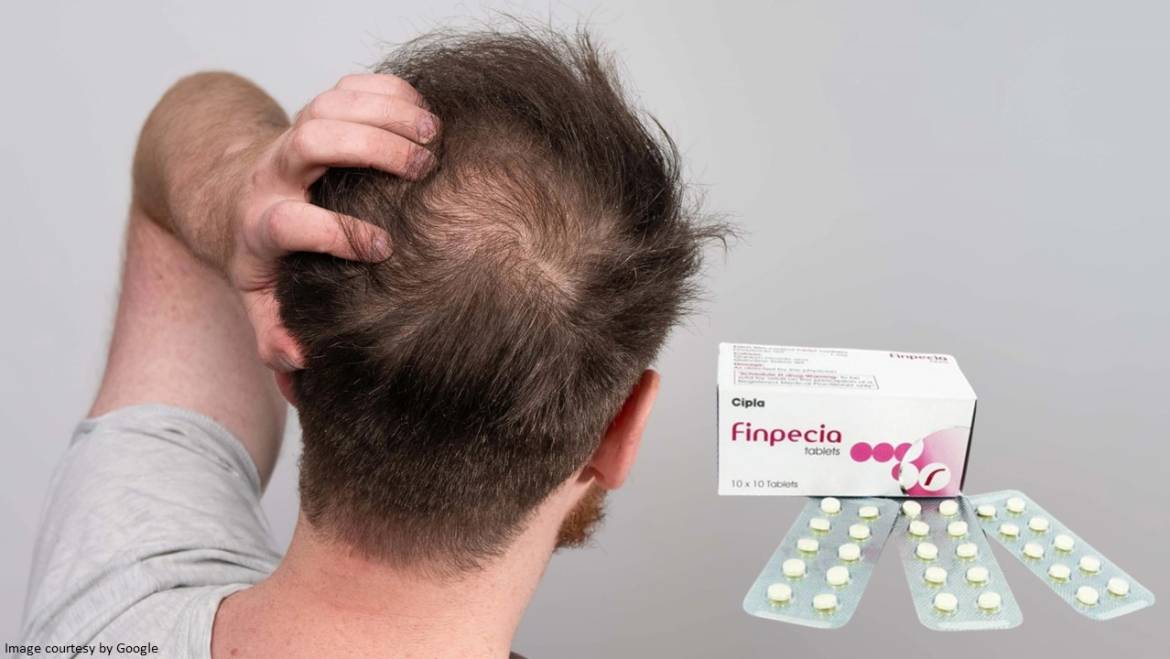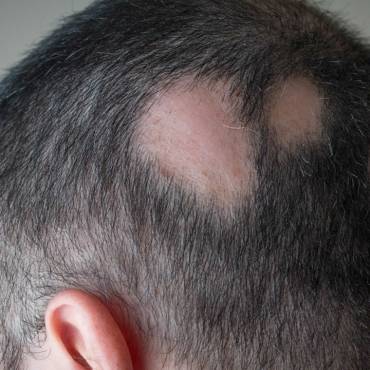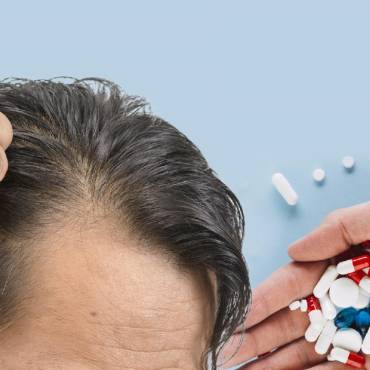Losing some hair is common in men and women, but it’s time to act if you lose more hair daily. Two out of three men experience some male pattern baldness by turning 35. Hair loss can affect anyone regardless of age, sex, hair type, and color. Hair loss medicine can encourage hair growth and make the hair look and feel thicker, although hair loss will often return if an individual discontinues treatment.
You will likely find ways to treat pattern baldness, like Finpecia 1 mg and other hair loss treatments. This article explores the benefits of using Finpecia and the difference between Finpecia 1 mg tablet and other hair loss treatments.
What is the difference between Finasteride and other hair loss treatments?
Finasteride: The top performer
You are not alone if you are around 50 and suffering from thinning hair or a receding hairline. Also known as androgenetic alopecia, it affects about 30% to 50% of men by age 50. But there is no need to worry; there is a medication approved for hair loss by the Food and Drug Administration (FDA): Finasteride. Oral 1 mg Finasteride is FDA-approved for the treatment of hair loss, but for some people, it can cause sexual side effects like erectile dysfunction (ED) and ejaculation issues. Therefore, some may choose a topical finasteride treatment to minimize the risk of Finpecia side effects.
Finpecia 1 mg is one of the only clinically proven medications to treat male pattern hair loss, so doing everything you can to improve its results is crucial. 1 mg tablet contains the active ingredient 5 alpha-reductase inhibitor Finasteride, which blocks the conversion of testosterone to dihydrotestosterone (DHT), the androgen responsible for male pattern hair loss in genetically predisposed men. Blocking the DHT protects the hair follicles that produce hair, causing a significant reduction in the DHT, which can stop hair loss caused by male pattern baldness.
Effectiveness of Finpecia 1 mg
Finasteride is considered extremely effective as it has been demonstrated as clinically effective in 90% of men with androgenetic alopecia in clinical trials. Most men who take Finpecia 1 mg as prescribed experience hair regrowth. However, it is available to treat hair loss but is not a cure. You must continue to take a Finasteride tablet once daily for three months before you begin experiencing the effects. You should continue taking Finpecia for at least a year to experience its full effects. Be careful; even if you develop extremely positive results, you must continue to take Finpecia 1 mg to maintain the effect.
Finpecia 1 mg is taken once daily with food. You must take this hair loss drug regularly to experience results. It is recommended you incorporate the medicine into your daily routine. Do not take the tablet more than once; this will not increase its effectiveness and may cause harm.
Other hair loss treatments
-
- Hair transplant surgery
A hair transplant is a surgical procedure in which hair follicles are harvested from one part of your scalp and inserted into another area where your hair is thinning. This is again a well-known treatment in people with male pattern baldness. The effects of the process are quite convincing as healthy follicles can be placed in the exact place where thinning is taking place, ultimately giving a natural look. However, the procedure requires hair follicles that remain unaffected by male pattern baldness. This means it is important you are not completely bald before you get it done.
-
- Laser therapy:
Laser hair growth therapy promotes natural growth, thickens the hair, and prevents further hair loss. The process uses a low-light laser applied on the scalp where hair is thinning. The energy emitted by the laser light decreases hair loss and strengthens the hair shaft. Laser therapy stimulates hair follicles by improving blood flow to the scalp. After the hair transplant, laser therapy has less recovery time. The low-intensity laser also reduces the risk of side effects of traditional hair transplantation procedures.
-
- Minoxidil: Another effective hair loss treatment
Minoxidil is used to treat baldness by stimulating hair growth. It is specifically effective for individuals who are below the age of 40. The hair loss drug does not cure baldness completely but can cause a significant reduction in the pace of receding hairlines. Male pattern baldness, or Androgenic alopecia, occurs due to androgen imbalance in the body. This contributes to hair thinning, specifically on the top of the head. Minoxidil’s hair loss medicine promotes hair growth when applied consistently and in the prescribed doses.
While hair transplant surgery and laser therapy give promising results, there are at-home treatments like Finpecia and Minoxidil that have been popular and effective for more than the last three decades.
Difference between Finasteride and Minoxidil
Finpecia is a DHT blocker. DHT is a hormone that adheres to men’s hair follicles and damages them, ultimately not causing them to grow new hair. Finasteride q1 mg stops your body from converting testosterone into DHT.
Minoxidil belongs to a class of vasodilators. When used on the scalp, it widens the blood vessels, enhancing blood flow and ultimately reaching hair follicles. This increases the flow of blood, which in turn delivers more oxygen and nutrients to hair follicles, promoting hair growth.
Which one to pick?
While hair transplants are increasingly popular among people who can easily manage the cost of hair transplant surgery, they go with
Finpecia and Minoxidil are better options if you seek less expensive options like oral or topical solutions. Finpecia 1 mg and Minoxidil are different hair loss drugs, each serving a different purpose. Because Finasteride in Finpecia stops hair loss at its source by restricting DHT production, many dermatologists worldwide will recommend it as the first-line treatment for individuals dealing with male pattern baldness.
Ultimately, combatting hair loss is a commitment, so you may need Finpecia 1 mg / Minoxidil daily for hair loss treatment. You can increase your probability of success by choosing the right solution for your needs and lifestyle.
The bottom line
If you are not concerned about the cost of hair transplant surgery and laser therapy, you can opt for these hair loss procedures to get permanent results. Those wishing to treat hair loss from home comfort can try Finpecia 1 mg. Current research, while limited, points to other oral or topical hair loss treatments as effective at preventing future hair loss and encouraging hair growth. If you wonder how effective Finpecia 1 mg is compared to other hair loss treatments. Comparatively, both seem to be efficient in regrowing hair. Discuss with your dermatologist to get the best treatment.
Also Read: Unlocking the Power of Biotin and Collagen for Hair Health: The Benefits You Need to Know
admin
Latest posts by admin (see all)
- What is Triluma Cream? Uses, Benefits, and How It Works for Skin - December 26, 2024
- What Causes Dark Spots? Understanding the Science of Hyperpigmentation and How Skin Lightening Products Help - December 26, 2024
- Tretinoin Gel vs. Cream: Which Formulation is Right for Your Skin? - December 20, 2024



